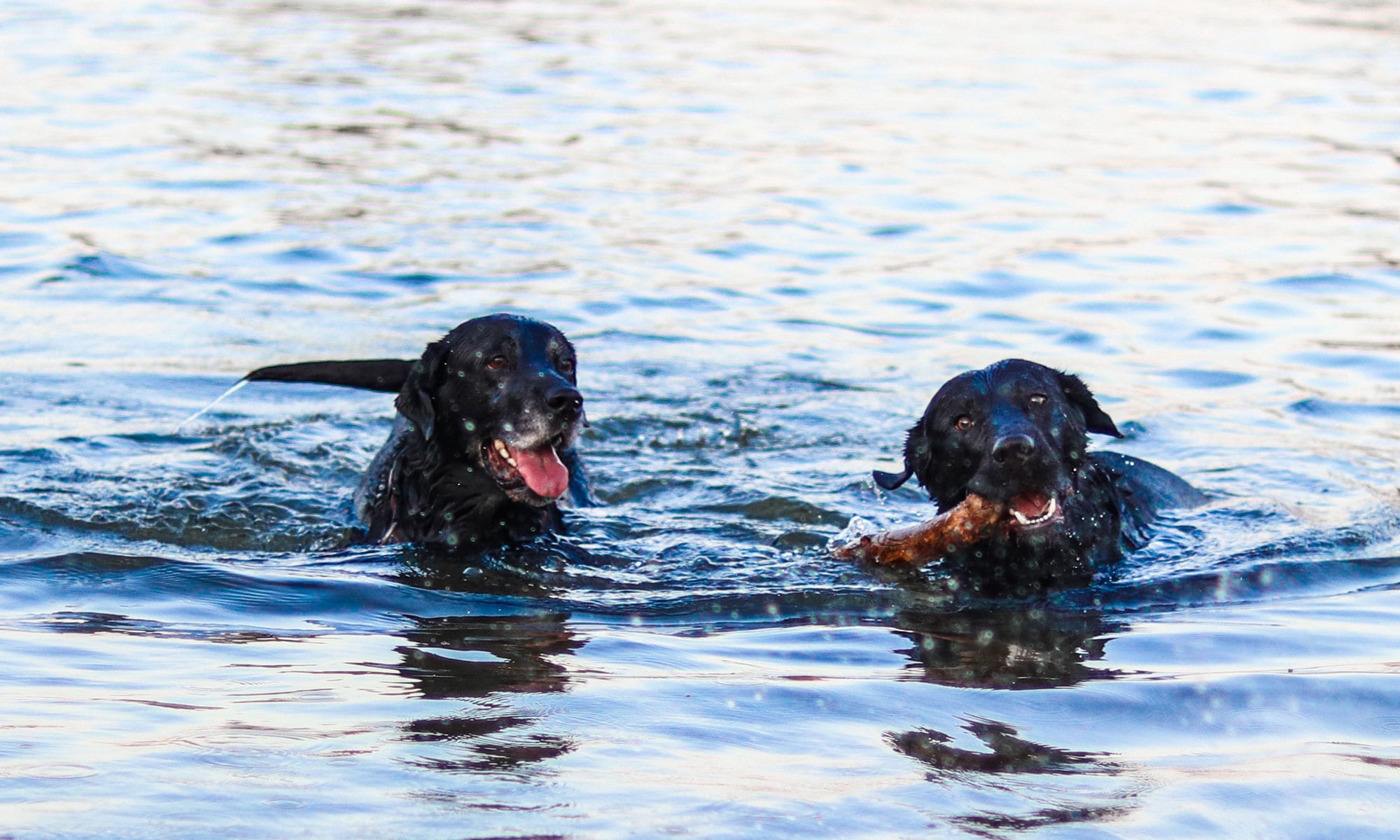Many physical conditions can be treated with the underwater treadmill — the many factors we are able to control (water level, speed, incline, resistance jets) make it a completely customizable tool to assist pets with a number of movement-related problems.
- Arthritis and joint pain. Watching an arthritic pet walk is painful, if not heartbreaking. The stress on joints forced to support the body creates pain, making the pet less likely to move through a full range of motion. This can lead to loss of muscle mass and further stress on the joints. Walking in warm water provides support and comfort — allowing the pet to move naturally without pain. We find that pets given the opportunity to move without pain are more able to go about their daily lives. We cannot turn back the clock, but we can help diminish the effects of time!
- Post-surgical rehabilitation. Orthopedic surgery (TPLO, cruciate repair, hip replacement, fracture repair — among others) requires long periods of rest to allow the body to heal — but rest leads to muscle atrophy, loss of flexibility, and joint tightening. Much of the success of an orthopedic procedure rests on getting the pet to return to normal function. Structured rehabilitation utilizing the underwater treadmill is a great way to ‘ease’ a pet back into normal activity in a safe controlled environment.
- Neurologic rehabilitation. Disk disease (IVDD) and various degenerative issues can lead to difficulty walking and muscle loss. Walking in the controlled environment of the underwater treadmill is a great way to re-train the nervous system to function, maintain muscle mass, and give the pet confidence to move from place to place
- Weight loss. Over 50% of pets in the United States are overweight or obese (https://petobesityprevention.org/2017/)! Obesity is not just a problem affecting appearance — obese pets are more likely to develop joint disease and arthritis, diabetes, cardiovascular disease and on average live 3 years less than their normal-weight counterparts. Obese pets tire more easily, and may already be experiencing some arthritis pain — making exercising to drop weight a challenge. Moderate intensity/moderate duration sessions on the underwater treadmill are a great way to give a pet exercise in an environment they will be comfortable in.
- Physical conditioning. Just like athletes train in the off-season, working and sporting pets need to stay active, or risk injury. Be it building endurance and strength for agility, or ‘toning up’ for a show, structured exercise can help all pets perform at their peak!

